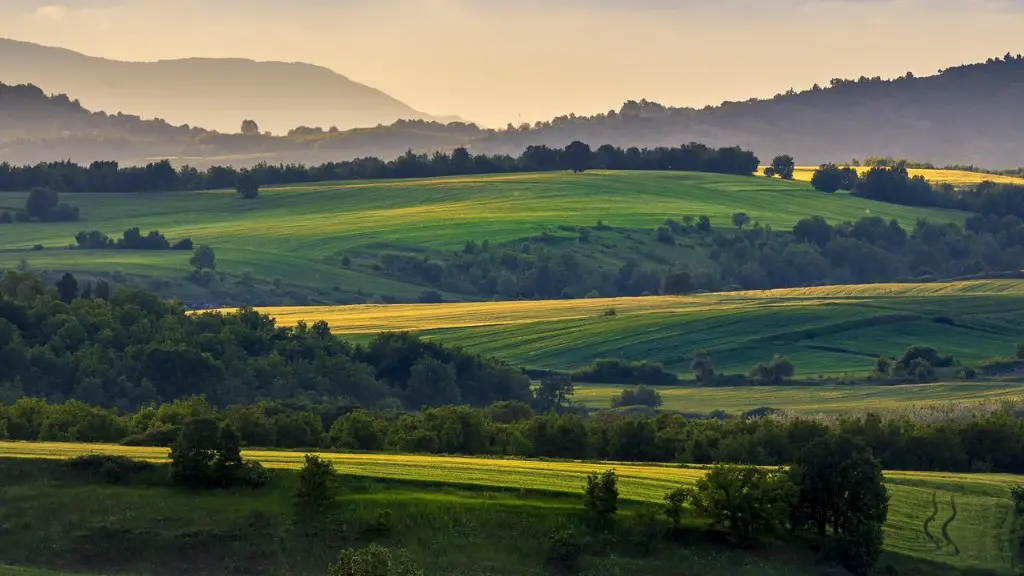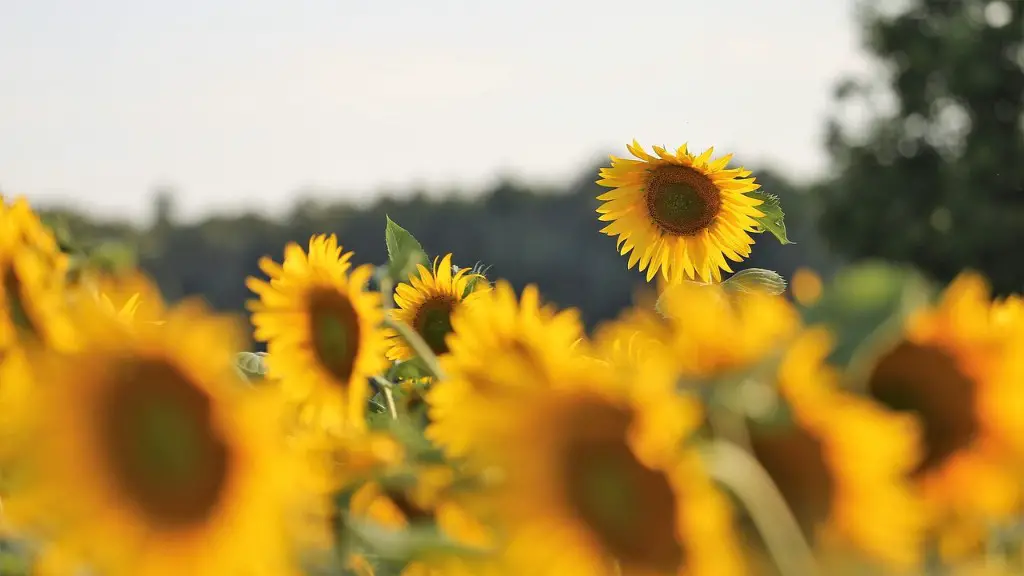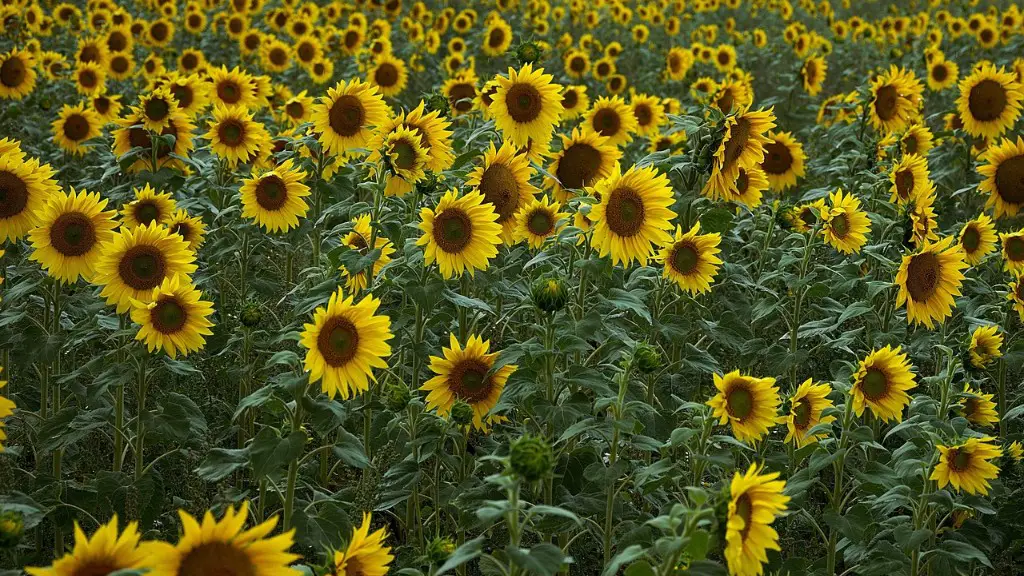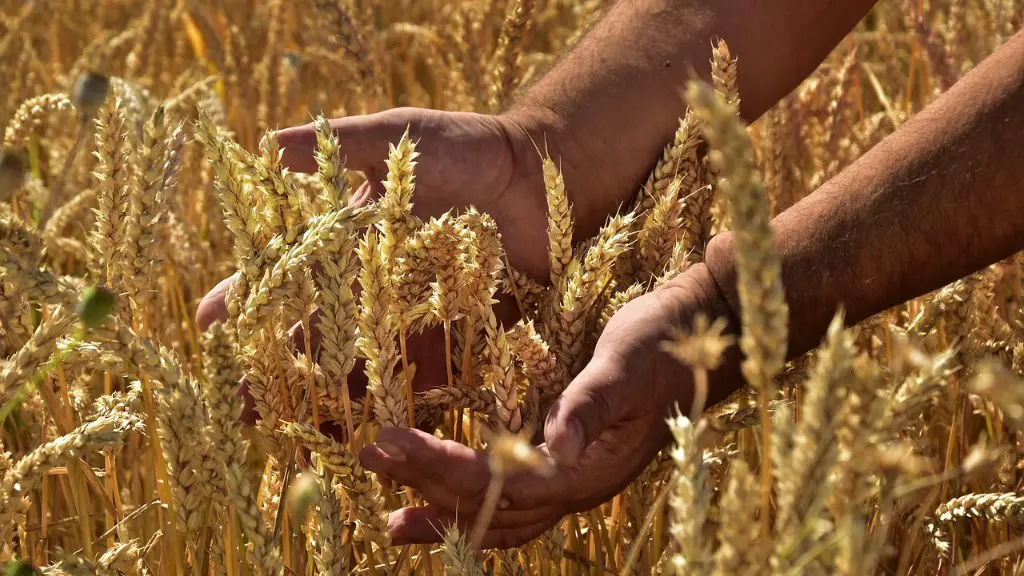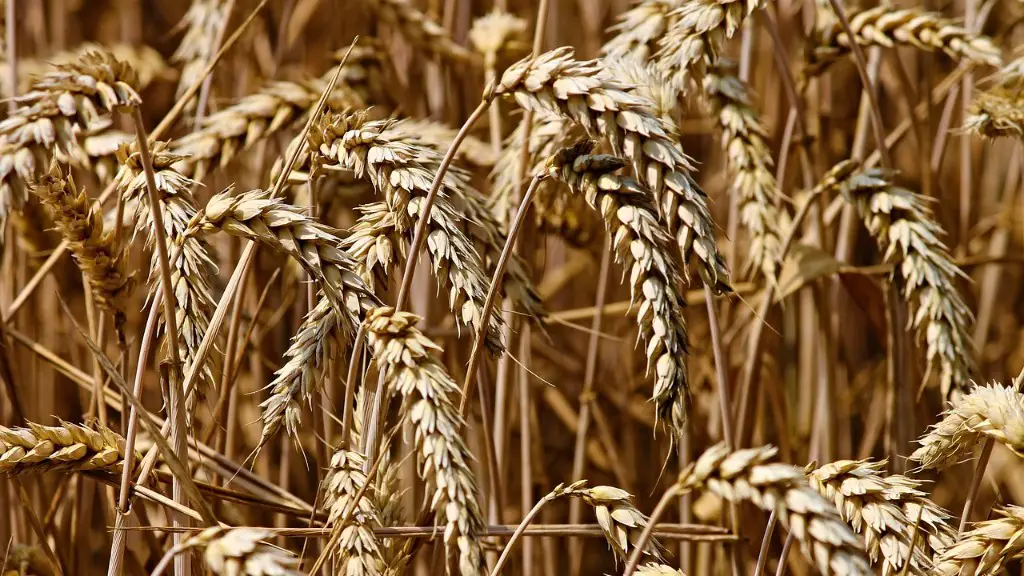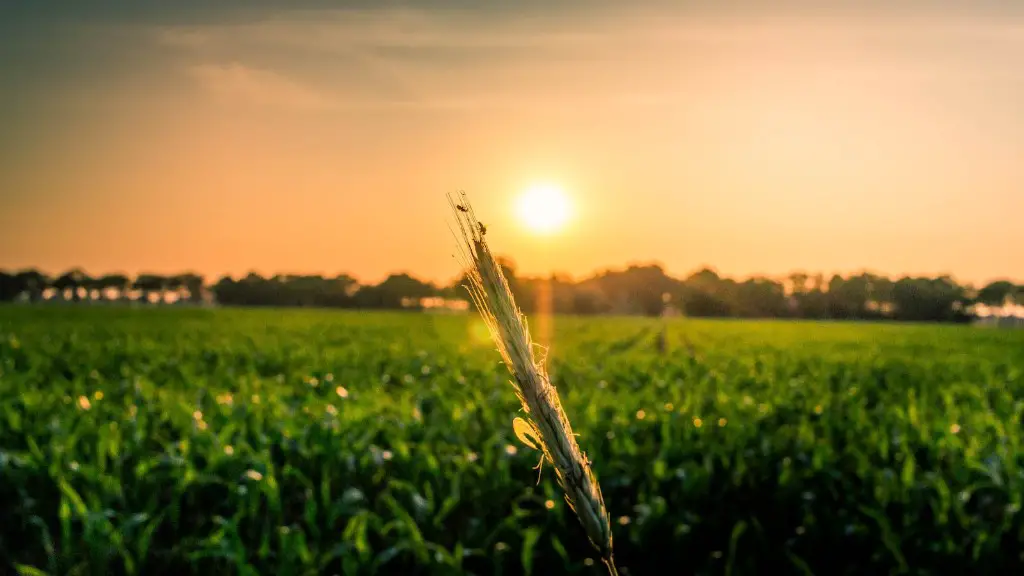Dryland agriculture is the farming of crops without irrigation in areas of limited rainfall. Dryland agriculture is often associated with subsistence farming, as farmers rely on the rainfall to support their crops. However, with the introduction of new technology and improved management practices, dryland agriculture can be more productive and sustainable.
Dryland agriculture is a type of farming that is practiced in areas where the climate is too arid or dry to support traditional farming methods. This type of agriculture is often difficult and demanding, as it requires the use of special techniques and practices to ensure that crops are able to survive and thrive in the harsh conditions.
What is dryland farming?
Dryland farming is a type of agriculture that does not use irrigation to supply crops with water. Instead, this practice relies upon soil moisture, ground water, and the occasional rainfall. Dryland farming is practiced in areas with limited water resources, such as the Western United States. This type of farming requires careful management of the land to prevent soil erosion and to conserve water. Dryland farmers must also be prepared for drought conditions.
Drylands are areas that are dry for long periods of time and receive very little rainfall. They are found on all continents and include grasslands, savannahs, shrublands and woodlands. Drylands are most common in Africa and Asia, for example in the Sahel region in Africa and almost all of the Middle East.
What is the difference between dry farming and dry land farming
Dry farming is a type of agriculture where crops are grown in areas with little or no irrigation. Dryland farming is a type of agriculture where crops are grown in areas receiving more than 750 mm of rainfall per year.
Drylands are areas of the world that are characterized by little to no rainfall and high evapotranspiration rates. These areas are often home to desert ecosystems and are very vulnerable to drought and desertification. The United Nations Environment Programme (UNEP) defines drylands according to an aridity index (AI), which is the ratio between average annual precipitation and potential evapotranspiration. Drylands are lands with an AI of less than 0.65.
What is the advantage of dry land farming?
Dryland farming is a type of agriculture that relies on rainwater stored in the soil to grow crops. This type of farming is useful in regions where rainfall is scarce or unreliable. Dryland farming is often used in semi-arid locations where rainfall is insufficient to support crops without supplemental irrigation. In certain regions of India, dryland farming has become increasingly important due to persistent drought conditions. Dryland farming can help to ensure crop growth in these dry and semi-arid locations, even in the face of climate change.
Dry land farming has several advantages over other types of farming. One advantage is that it requires less water, which can be a scarce resource in some areas. Dry land farming also tends to have fewer weeds, because the lack of moisture prevents them from growing as well. Additionally, annoying insects and fungi are less of a problem in dry land farming, since they also require moisture to survive.
What crops are good for dryland farming?
Dryland grain crops are those that don’t require irrigation and instead rely on the moisture in the soil to grow. This type of farming is often practiced in areas with limited water resources. Some common dryland grain crops include wheat, corn, millet, rye, and other grasses. These crops can be grown using the water stored in the soil from winter rains, rather than depending on rainfall during the growing season. Dryland farmed crops may also include winter wheat, maize, beans, sunflowers, or even watermelon.
There are many types of dryland farming crops, but the most common ones are millets, oilseeds, and pulses. almost 80% of Jwar and Bajra, 90% of Bajra, 75% of oilseeds, and 95% of pulses are obtained from dryland agriculture in India.
Where do you grow dry land crops
Dryland farming is a type of farming that is done in semiarid regions that do not have irrigation. This means that the farmers have to rely on rainfall to water their crops. Dryland farming is a difficult type of farming because the farmers have to deal with drought conditions.
Dry agriculture has a couple of significant drawbacks, the main ones being the threat of crop loss and lower yields. These can happen even if you’re using a traditional watering system, but the dry method has more problems and failures because of poor management, especially in a year when there isn’t enough rain. While dry agriculture may be a more sustainable option in the long term, in the short term it can be quite a risky venture.
Can dry land be considered as agricultural land?
Dry lands are agricultural lands that have been left unirrigated or have had their irrigation systems removed. These lands are typically characterized by low rainfall, high temperatures, and high evaporation rates. Dry lands are often utilized for grazing, hay production, and forestry.
Dryland training is a great way to improve your winter sports performance. By working on your cardio and strength during the summer and fall, you can be in great shape come winter. Dryland training can help you avoid injuries, too.
How do I start a dryland farm
If you want to grow crops in an arid to drought conditions, you should choose crops that are suited for those conditions. Some examples of such crops are early maturing and dwarf or mini cultivars. You should also amend the soil with plenty of aged organic matter twice a year and double dig the soil to loosen and aerate it in the fall. Cultivating the soil lightly after every rain even to prevent crusting is also a good idea.
Drying grain is an important process for farmers in order to prevent any loss of their crop and to ensure they get the best price for their crop. If we don’t have a nice dry fall, farmers have to turn to technology and innovation to solve the problem of too much moisture in our corn and soybeans!
What is the most profitable farm crop?
There are a number of crops that are more profitable to grow than others. Here are the top 13 most profitable crops to grow:
1. Mushrooms
2. Microgreens
3. Ginseng
4. Lavender
5. Saffron
6. Goji Berries
7. Wasabi
8. Bonsai Plants
All of these crops can be very profitable when grown and sold correctly. With the right market, any of these crops could easily become a key part of a successful farm business.
Dry regions are economically fragile regions which are highly vulnerable to environmental stress and shocks. Degraded soils with low water holding capacities along with multiple nutrient deficiencies and depleting ground water table contributes to low crop yields and further leading to land degradation.
Which tree grow in dry land
These are all tropical fruits that are grown in hot climates. They are all sweet and juicy, and make for a delicious snack or addition to a fruit salad.
Corn is the largest crop grown in the United States, with soybeans coming in at a close second. The majority of corn is grown in a region known as the Corn Belt, which spans several states in the Midwest. Corn is a versatile crop that can be used for a variety of purposes, including food, fuel, and animal feed. Soybeans are also a versatile crop that can be used for food, fuel, and animal feed.
Conclusion
Dryland agriculture is a type of agriculture that is practiced in areas with limited or no irrigation. Dryland agriculture is often associated with dryland farming, which is a type of agriculture that is practiced in arid and semi-arid regions.
Dryland agriculture is a type of agriculture that is practiced in areas with little or no rainfall. Dryland agriculture is often practiced in semi-arid and arid regions. Dryland agriculture is characterized by long periods of drought, high temperatures, and high winds. Dryland agriculture often relies on irrigation to supplement the lack of rainfall.
